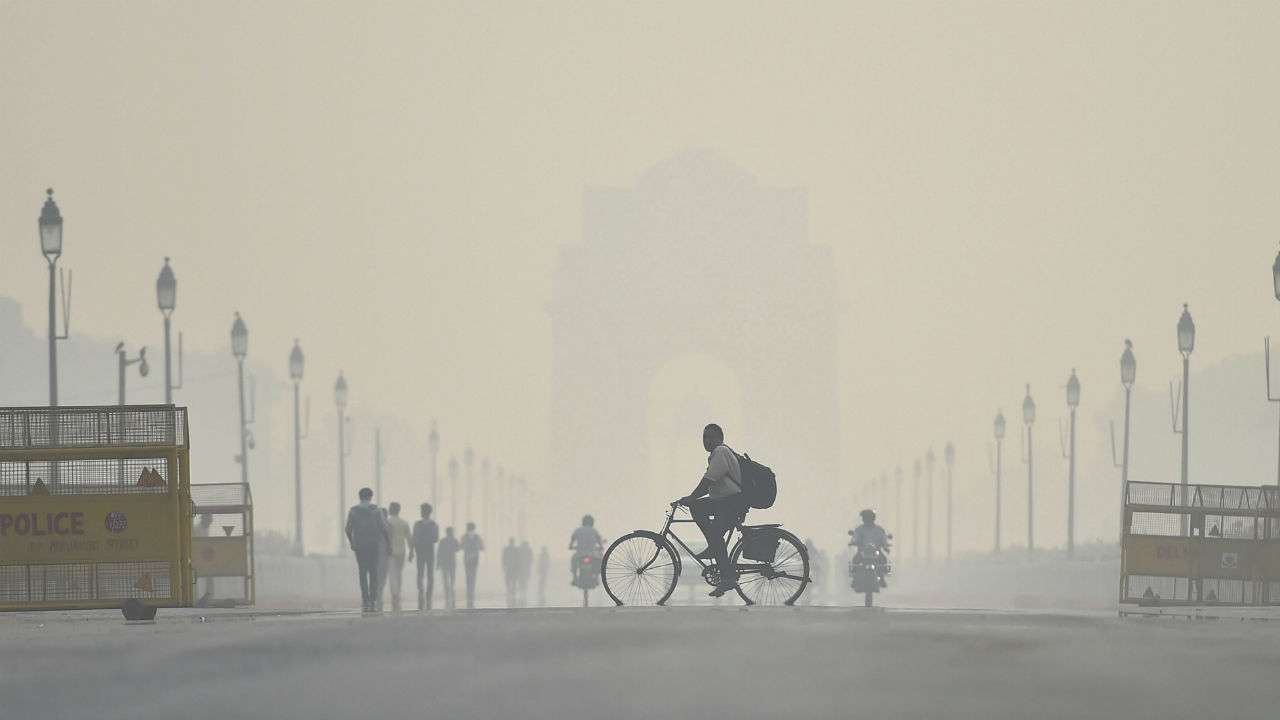Long term exposure to ambient air pollution may heighten the threat of COVID-19 infection, suggests recentresearch.The findings were published in the journal Occupational and Environmental Medicine. The association was strongest for particulate matter, with an average periodic rise of 1 ug/ m3 linked to a 5 per cent increase in the infection rate.
This equates to an redundant 294 cases/ people a time, indicating the findings, which concentrate on the occupants of one Northern Italiancity.While further exploration is demanded to confirm cause and effect, the findings should support sweats to cut air pollution, say theresearchers.Northern Italy has been hit hard by the coronavirus epidemic, with Lombardy the worst affected region in terms of both cases and deaths. Several reasons have been suggested for this, including different testing strategies and demographics.
But estimates from the European Union Environmental Agency show that utmost of the3.9 million Europeans abiding in areas where air pollution exceeds European limits live in Northern Italy. Recent exploration has intertwined airborne pollution as a threat factor for COVID-19 infection, but study design excrescencies and data capture only over tomid-2020 have limited the findings, say the experimenters.
To get round these issues, they looked at long term exposure to airborne adulterants and patterns of COVID-19 infection from the launch of the epidemic to March 2021 among the residers of Varese, the eighth-largest megacity inLombardy.Among the residers as of 31 December 2017, further than 97 per cent were successfully linked to the 2018 periodic average exposure situations for the main air adulterants, grounded on home address.
Regional COVID-19 infection data and information on sanitarium discharge and inpatient medicine conventions were gathered for grown-ups yet to be infected with SARS-CoV-2, the contagion responsible for COVID-19 at the end of 2019 until the end of March 2021. Official numbers show that only3.5 per cent of the population in the entire region were completely vaccinated by the end of March 2021. Estimates of periodic and seasonal average situations of five airborne adulterants were available for 2018 over an area further than 40 km wide particulate matter (PM2.5, PM10); nitrogen dioxide (NO2); nitric oxide (NO); and ozone (O3). The average PM2.5 and NO2 values were12.5 and20.1 ug/ m3, independently. The corresponding population- ladened average periodic exposures in Italy for the same time were15.5 and20.1 ug/ m3, independently.
Some 4408 new COVID-19 cases, which were registered between 25 February 2020 and 13 March 2021, were included in the study. This equates to a rate of 6005 cases/ population/ time. The population viscosity wasn t associated with a heightened threat of infection. But living in a domestic care home was associated with a further than10-fold heightened threat of theinfection.Drug treatment for diabetes, high blood pressure, and obstructive airway conditions, as well as a history of stroke, were also associated with, independently, a 17 per cent, 12 per cent, 17 per cent, and 29 per cent, heightened threat.
After counting for age, gender, and watch home occupancy, plus concurrent long term conditions, pars, both PM2.5 and PM10 were significantly associated with an increased COVID-19 infection rate.
Every 1 ug/ m3 increase in long term exposure to PM2.5 was associated with a 5 per cent increase in the number of new cases of COVID-19 infection, original to 294 redundant cases per of the population/year.Applying seasonal rather than periodic pars yielded analogous results, and these findings were verified in farther analyses that barred care home residers and farther acclimated for original situations of privation and use of public transport.
Analogous findings were observed for PM10, NO2 andNO.The observed associations were indeed more conspicuous among aged age groups, indicating a stronger effect of adulterants on the COVID-19 infection rate among 55-64 and 65-74-year-olds, suggest the experimenters.
This is an experimental study, and as similar, can t establish cause. And although the experimenters considered colorful potentially influential factors, they weren t suitable to regard for mobility, social commerce, moisture, temperature and certain beginning conditions, similar as internal ill- health and orderdisease.Long term exposure to air pollution heightens the threat of respiratory and cardiovascular conditions through patient inflammation and compromised impunity.
These same pathways may thus be involved in the link between air pollution and advanced COVID-19 infection rates, suggest the experimenters.”Our findings give the first solid empirical substantiation for the hypothesised pathway linking long- term exposure to air pollution with the prevalence of COVID-19, and earn unborn generalisation in different surrounds. Meanwhile, government sweats to further reduce air pollution situations can help to alleviate the public health burden of COVID-19,”they conclude.

